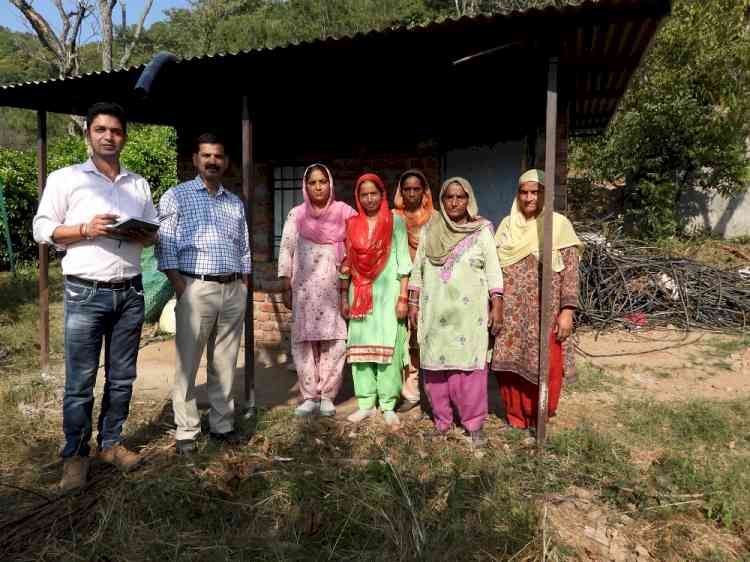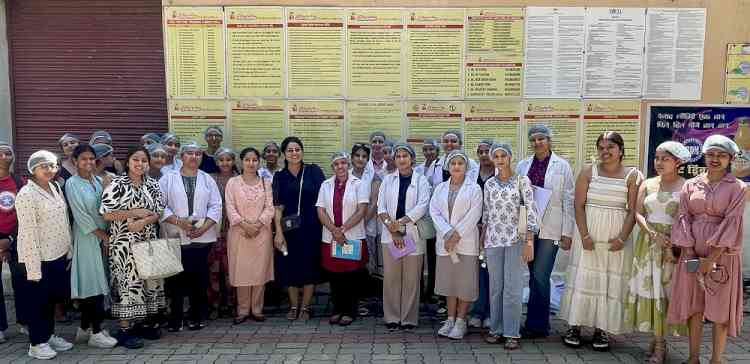COH&F Neri preparing PBR of 4 districts
PBRs contain comprehensive information on biodiversity components

The College of Horticulture & Forestry (COH&F), Neri, Hamirpur, a constituent College of the Dr YS Parmar University of Horticulture and Forestry (UHF), Nauni is preparing Peoples Biodiversity Registers (PBRs) of Hamirpur, Una, Bilaspur and Chamba districts and 15 blocks. The project has been funded by the HP State Biodiversity Board, Shimla for which the university has been sanctioned a budget of Rs 27.50 lakh.
These PBRs are being prepared as per the Biological Diversity Act 2002, and in accordance with the standardized formats of the National Biodiversity Authority, Chennai. Dr. Dushyant Sharma, Assistant Professor, COH&F Neri has been designated by the University as a Nodal Officer for the preparation of these PBRs. Dr Sanjeev Banyal, Dr Deepa Sharma, Dr Ravi Bhardwaj and Dr Richa Salwan will also be a part of the project. The Biological Diversity Act 2002 has been enacted by the Parliament of India for conservation, sustainable use and equitable sharing of the benefits arising out of the use of the biological resources. Under this Act, committees named as Biodiversity Management Committees (BMCs) have been formed at all 3371 local body levels in the State.
These PBRs contain comprehensive information on biodiversity components such as plants, animals, microbes, insects and their possible use by the local communities in the BMC areas. Further, PBRs also include information on topographic and socio-economic parameters including human population, climate, topography, natural ecosystems, livestock resources, livelihood patterns, etc.
In addition, these 32 types of formats including agricultural, fodder crops, fruits, medicinal, ornamental, timber plants, weeds, pests and insects of crops, microbial diversity, domesticated animals, fish diversity, market for domesticated animals, market/fairs for domesticated animals, and other products, people-scape, landscape, waterscape, soil type, trees, shrubs, herbs, tubers, grasses, climbers, wild plant species of importance, wild plants of medicinal importance, wild relatives of crops, wild ornamental plants, wild fumigate/chewing plants, timber plants, other plants in the wild, wild animal species, wild aquatic biodiversity and wild aquatic species of importance are covered under the PBR.
UHF Vice-Chancellor Dr Parvinder Kaushal said, “Once these PBRs are prepared, the University, the Biodiversity Board and the concerned BMCs will have all information about the biological resources, their sustainable use, threatened species, etc. found in different blocks of these districts. This information will be helpful for any type of future planning and research on conservation and sustainable harnessing and judicious use of biological resources found in these districts”.


 cityairnews
cityairnews 










